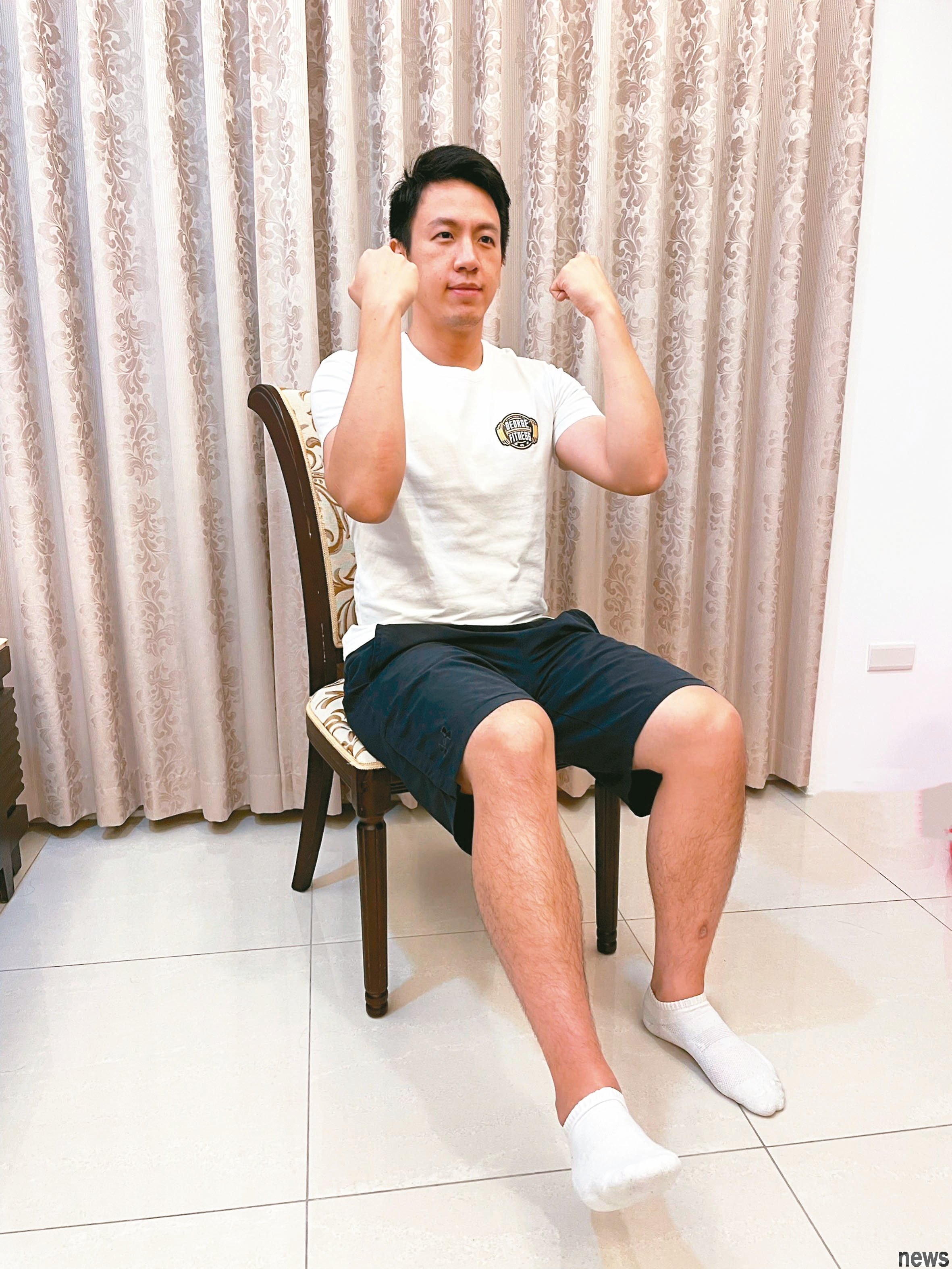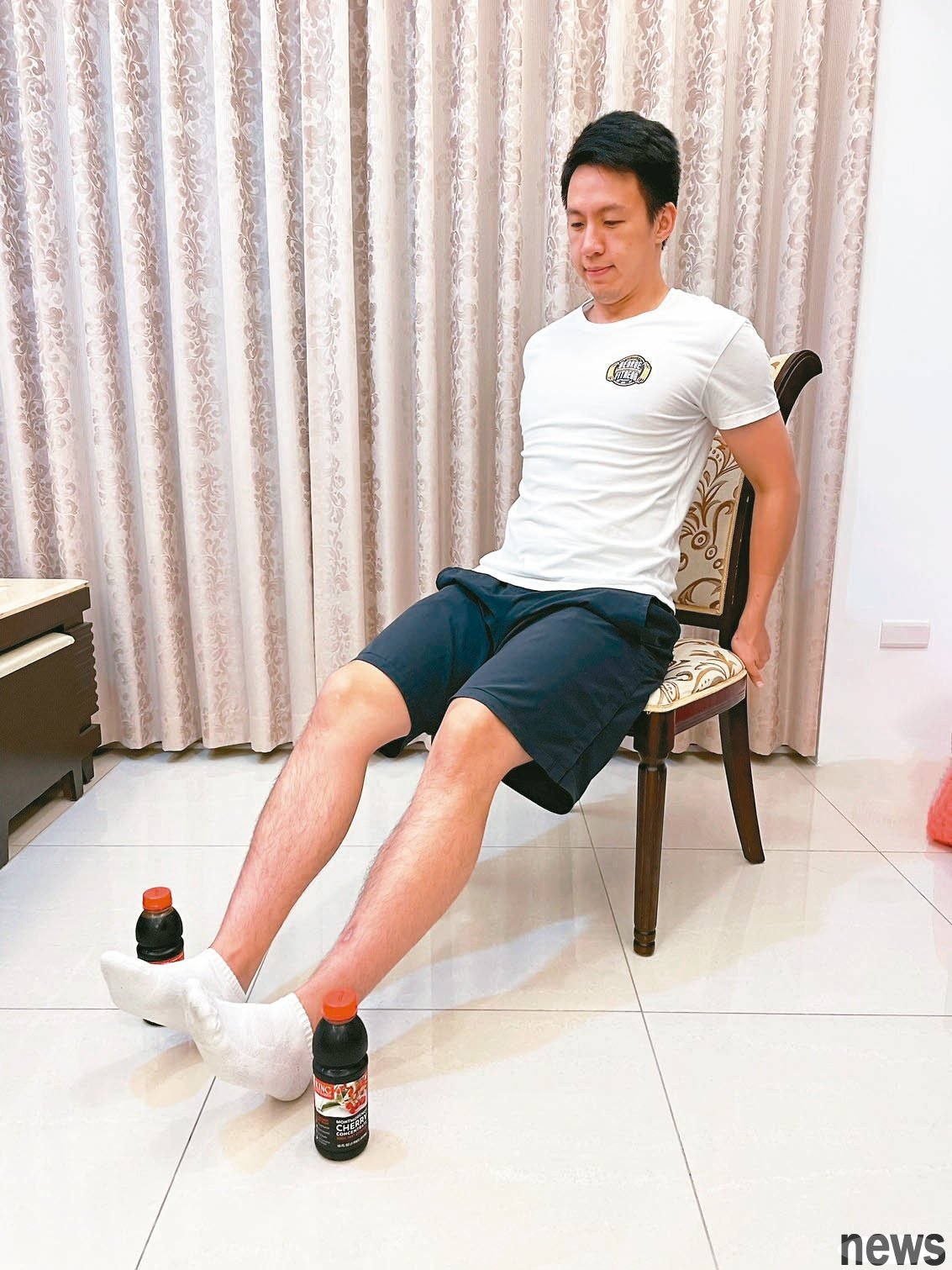
●Elder people are most afraid of falling and fractures. Severe may be bedding, disability, prevent sarcopenia, train lower body strength and core muscle groups
●The body aging and balance will become worse, and the pace will be unstable. Grandma Lin, 72, accidentally fell in the bathroom, causing a fracture of the hair. After being hospitalized, she lay at home for several days. This fall not only caused her body to be injured, but also made her afraid of falling again, which led to her not daring to make steps when walking, her activity gradually decreased, and her whole person became unenergetic.
The elderly are prone to sarcopenia, most afraid of falling and fractures, and their psychology is prone to negative effects. Once the bed is in the bed, it will also lead to inhalation pneumonia and other complications, increasing the risk of disability and mortality in the elderly. Ge Houhan, a WaCare expert and sports coach who is good at preventing sarcopenia and avoiding falling, suggests that in addition to supplementing nutrients in daily life, he should also perform appropriate resistance movements.
Ge Houhan pointed out that when preventing falls, more balanced training exercises should be done. As long as you prepare a chair and two water bottles at home, you can simply prevent falls. Before exercising, warm your body and stretch the flexibility of your muscles and connections, so that your body can enter the state of movement. Then, you should gradually train your body, focusing on lower plate muscle training such as hips, calf and thigh muscles. It is recommended that older people spend 3 minutes per day to exercise. As their abilities improve, they will gradually increase difficulty, control their posture and maintain balance, which will help reduce the risk of falling.
3 major anti-fall movements follow 1. Warm sports1. Sit only half of the chair and keep the same distance as the shoulders.2. Turn the body to the left, extend the right foot back, hold the front side of the right thigh, raise the right hand and extend it for 5 seconds.
3. Turn the body to the right, extend the left foot back, hold the front side of the left thigh, and raise the left hand to extend for 5 seconds.
2. Foot and point1. Sitting halfway up the chair, opening the knees and shoulder width, and inserting both hands into the waist to keep the upper body straight.
2. Point the feet down at the same time, maintain a certain rhythm. After stepping on the feet for 20 times, add a hand-patching thigh action.
3. When the foot falls, shoot down with both hands simultaneously; after 20 strokes, change to stomp in place; after 20 strokes, change to hook up, keep the foot on the pedal.
4. The pedaling action is changed to hook the left and right feet forward, and after 20 seconds, the double feet open and turn on the outside; the double hands are changed to chest-stretching movement.
Tips: During the exercise process, you can add a water bottle and place it in the range of the movement line. The two eyes determine the direction and distance, and move one side and feel the relative position of the body and space.

1. Open the two water bottles about 80 cm in front of the double foot, and perform the "foot and point" action.
2. Grasp the chair back with both hands to increase body balance. When stepping forward, sit up and collapse your stomach to train your abdominal muscles.
3. When stepping forward, do not touch the water bottle. Train the feet and eyes to coordinate. Go back 20 times and keep your movement stable and not too fast.
4. Change the action, step on the left water bottle together, then change to the right direction, and return to each other for 20 seconds.

(Movement Demonstration/Sports Training Ge Houhan)
※This series of courses is a remote health cooperation between Yuanqi.com and WaCare. We welcome the exercise habits of muscles and bones, relieve pain, train muscle endurance, and cultivate regular sports. For more home sports, please go to Yuanqi.com [Muscle Training] https://pse.is/4jjbcb